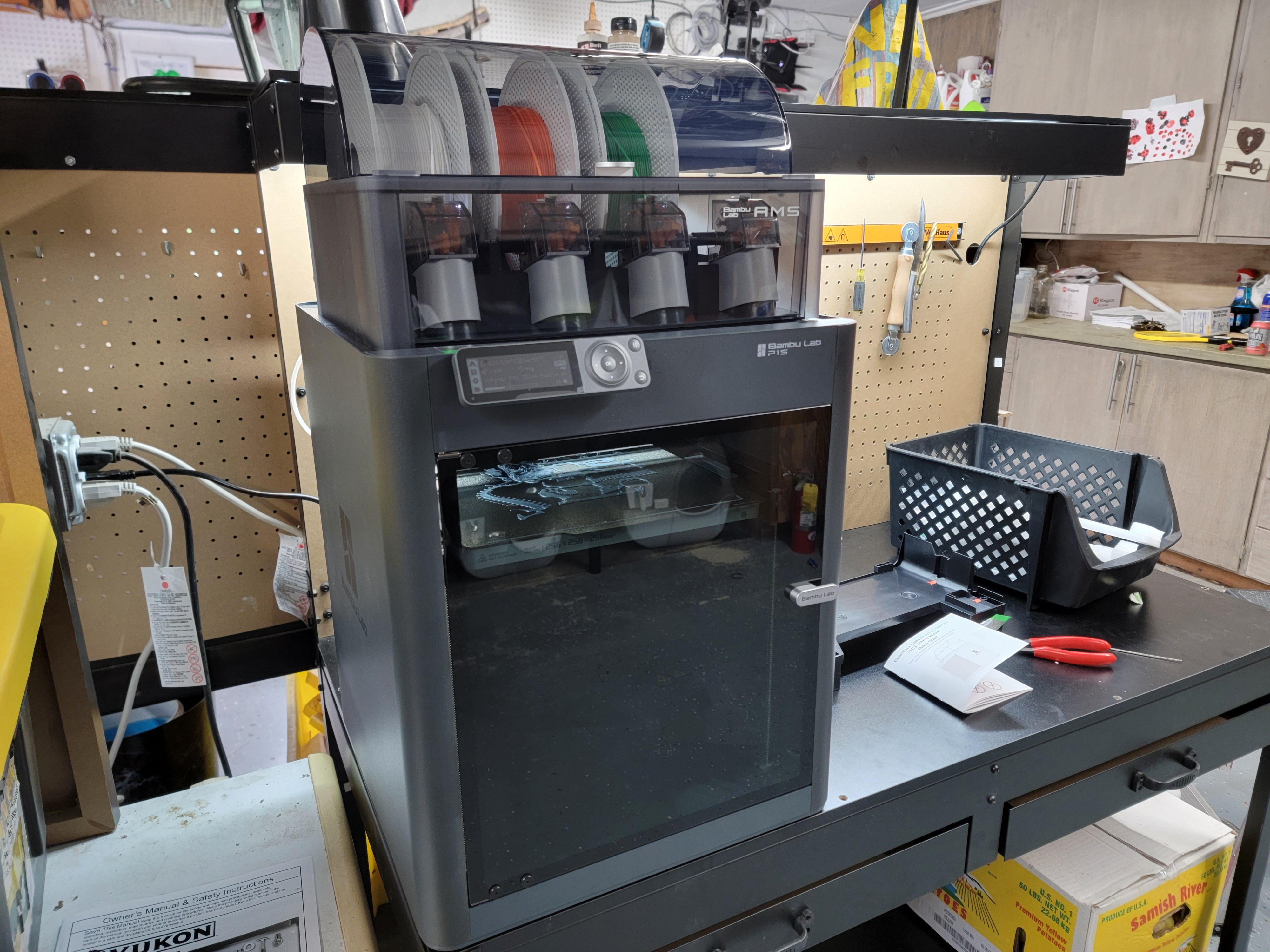Hey guys I got the bambu P1S a couple months ago because it was recommended. I’m super new to 3d printing. This is my first one. I’m not new to electronics or computers. I ran a few of the built in prints, a dinosaur puzzle and this scraping tool but both came out fuzzy and in poor build shape. What can cause this? Shaky table? Cold temps (the printer is in my insulated garage getting around 65 degrees at the moment inside)? Is the stock bed bad? The filament it came with bad?
Thanks for any advice. 


Thank you so much for this information! Sorry I respond so late. Its been very busy and I haven’t had time to get on lemmy.
Before I read this I went ahead and booted up bluebeam studio and got familiar with it. Did some research and got a high temp plate just in case the PEI standard plate the machine came with won’t work with PLA+/PETG. I’ll eventually want to be able to print robust parts as components.
Then I used up my ebay gift cards and got esun and sunlu on huge sales (there’s like 3 different discounts going right now). Got 17 PLA spools in all sorts of colors including wood, marble and even 2 glow in the dark ones (red and blue) for less than $200. 1kg. I don’t think they’re cheap, since regular price averaged around $20/spool, 30 for the glow ones.
I won’t use structure either. I heard it’s not necessary. I’m doing my first custom build (kind of, just modified off an existing build) of couple deck cases with the orange/green I have. I already did a couple other runs on the green and that solved the issue with fuzzy cheap builds. I was using the wrong filament. So now I’m excited what I can come up with!
Thank you for setting me on the right path.
Well support structure will be needed on overhangs and stuff like that so don’t write it off.
I don’t use it much since I’m mostly printing things that don’t need it as they were designed to print in place.
Oh I see! OK yeah I’ll keep it for when I need it. But it doesn’t seem like I’ll need a lot of it so I’ll keep it to the spool I got.
Kept forgetting to tell you, you will want this for your ams and I use these for dryboxes. You can just grab some totes from the dollar tree or somewhere cheap and throw those in with the filament. Quick and easy way to keep your filament dry.
Here’s a hygrometer stand of the same type so you can keep it uniform.
Fill them with this stuff here.
Make sure it’s the rechargeable kind so you can just keep redrying it and you’ll never run out.
This is all especially important if you plan on printing PETG. PETG is affected much more by moisture than PLA.
Wow I would have went through so much trouble trying to figure out my problems before stumbling on moisture problems. Especially since I’m printing in my garage.
Thank you so much for bringing this to my attention before I ran into many problems. I didn’t even think about how I’m going to store all my filament. I was just going to go loose on the bottom of my table in a container.
It’s interesting that the instructions for preparing the AMS had me take out the dessicant from the 2 trays in the roller area. I was wondering what the point of these being empty was. I’ll fill that with back up with dessicant.